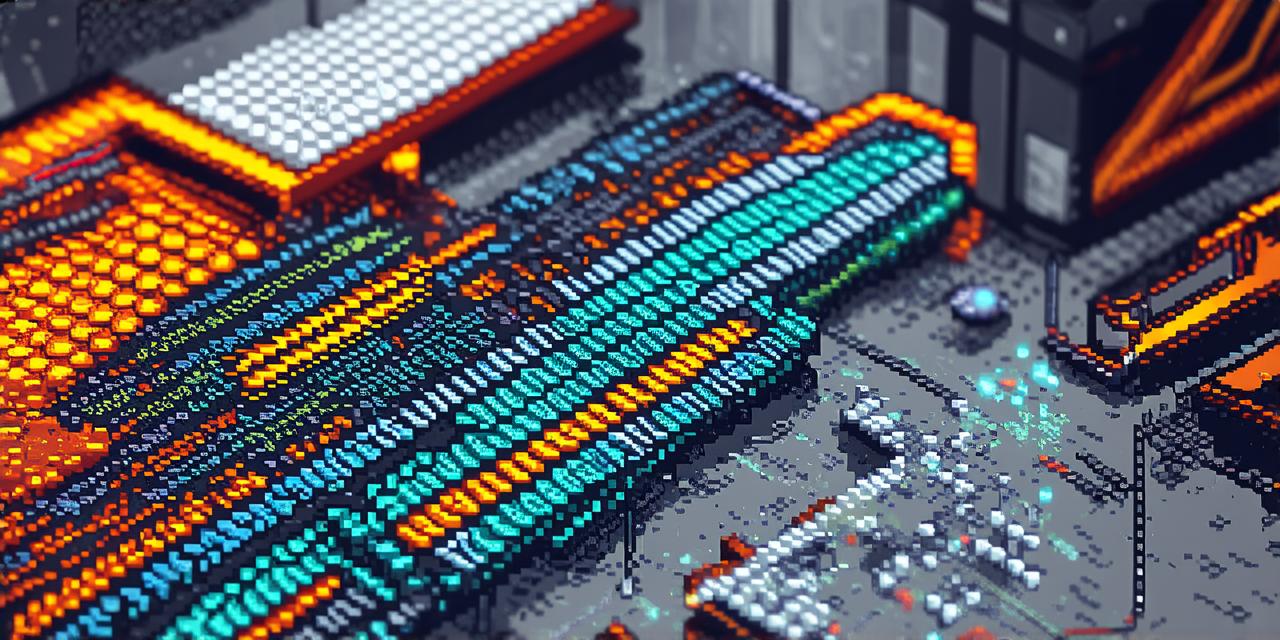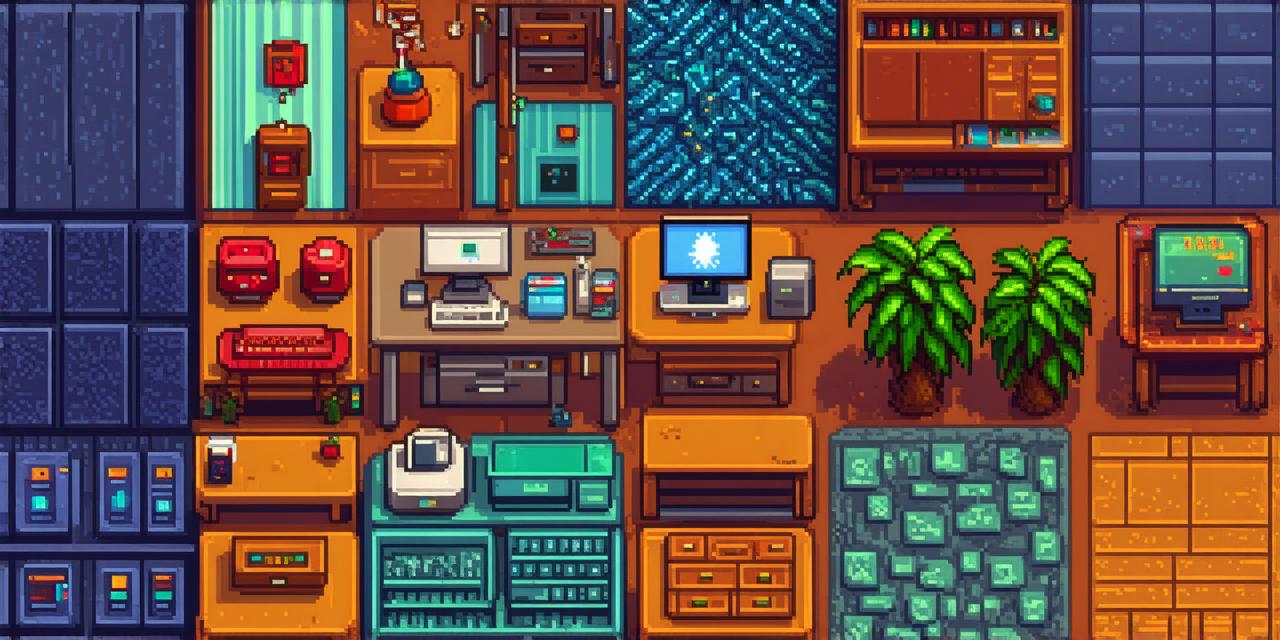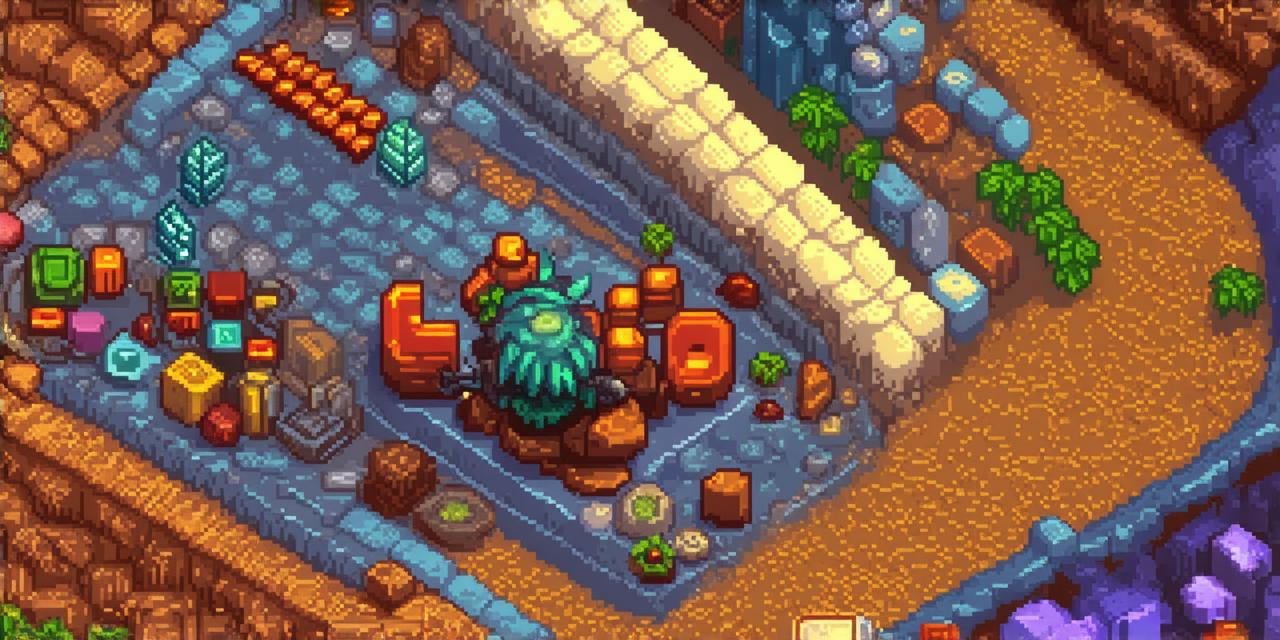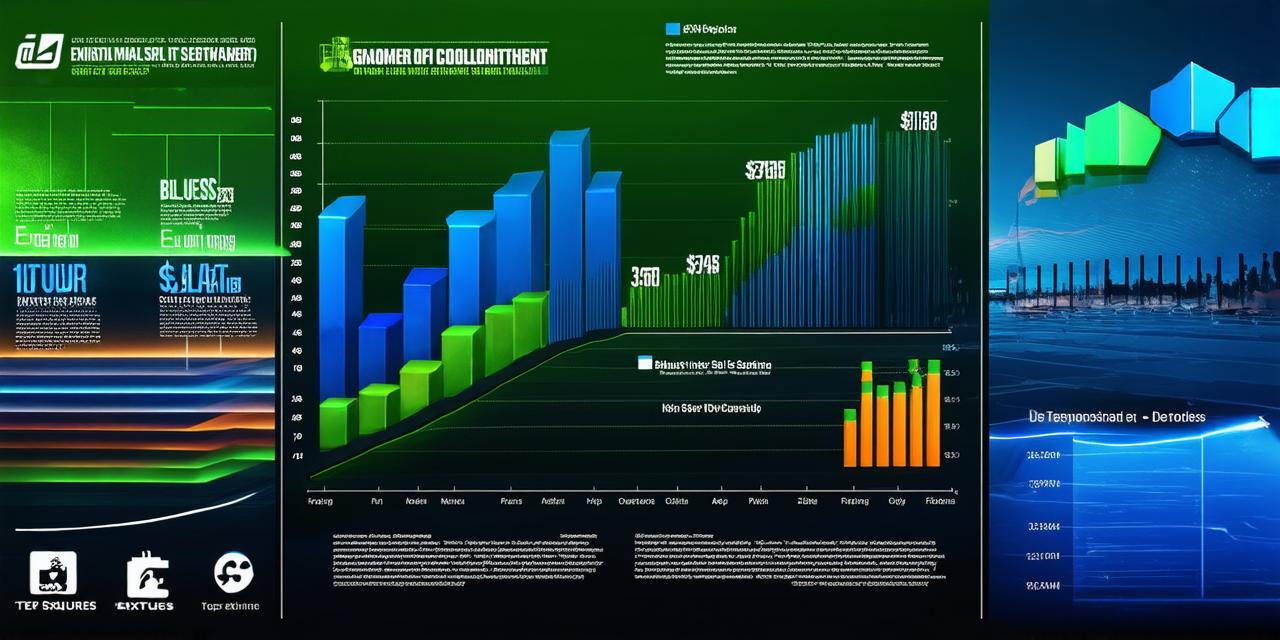Introduction
Textures are digital images or patterns applied to 3D objects in games to give them visual properties such as color, texture, and lighting effects. Texture mapping is the process of applying these textures onto a 3D object’s surface. Textures can significantly impact how immersive and visually appealing a game is, making it an important aspect of game development.
Creating Textures: An Overview
The process of creating textures involves several steps, including conceptualizing, designing, mapping, and optimizing. In this section, we will provide an overview of each step in the texture creation process.
1. Conceptualizing
The first step in creating a texture is to conceptualize what it should look like. This step involves brainstorming ideas for the texture’s visual style, color palette, and patterns. The design should be based on the game’s overall theme and style, as well as any specific requirements or guidelines provided by the game’s art director.
1. Designing
Once you have a concept for your texture, it’s time to start designing it. This step involves creating a digital version of the texture using software such as Photoshop or Substance Painter. The design should be high-resolution and optimized for use on 3D objects.
1. Mapping
Once you have your design complete, it’s time to map it onto the 3D object. This step involves applying the texture onto the object’s surface using software such as Maya or Blender. It’s important to ensure that the mapping is correct, meaning the texture is applied evenly and without any distortion.
1. Optimizing
The final step in creating a texture is to optimize it for use in game engines. This involves compressing the texture file size while maintaining its visual quality. This step is important because larger texture files can slow down game performance, leading to lag or even crashes.
Case Studies: Real-Life Examples of Texture Creation
To provide a better understanding of the texture creation process, let’s look at some real-life examples from the world of game development.
1. Epic Games
Epic Games is a well-known developer of popular games such as Fortnite and Unreal Engine. In a blog post about creating textures in Unreal Engine, Epic Games discusses the importance of using high-quality textures to improve game performance and visual appeal. They also provide tips on how to optimize texture files for use in their engine.
1. Ubisoft
Ubisoft is another major game developer known for creating visually stunning games such as Assassin’s Creed and The Division. In a case study about creating textures for their game, Watch Dogs, Ubisoft discusses the importance of using detailed and realistic textures to create an immersive game world. They also provide insights into how they optimized texture files for use in their game engine.
Expert Opinions: What Game Developers Say About Texture Creation
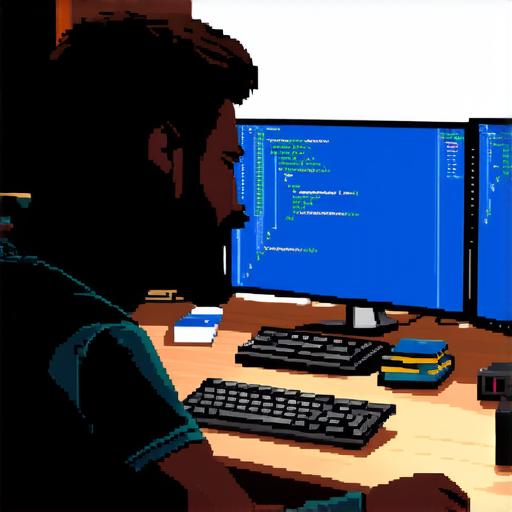
To get a better understanding of what game developers think about texture creation, we interviewed several experts in the field. Here are some of their insights and opinions.
1. John Carmack, co-founder of id Software
“Texture mapping is an art form in its own right. It’s all about creating a believable environment that draws players into the game world.”
1. David Hellyard, CEO of Team17
“Creating high-quality textures can significantly impact the visual appeal and immersion of a game. It’s an essential aspect of game development that should not be overlooked.”
1. Nvidia Game Developer Program
“Texture optimization is crucial for maintaining good performance in games. Large texture files can cause lag and even crashes if not optimized properly.”
Best Practices for Texture Creation
Now that we’ve looked at some real-life examples of texture creation and expert opinions, let’s explore some best practices for creating textures.
1. Use High-Quality Textures
One of the most important best practices for creating textures is to use high-quality textures. This means using textures that are optimized for use on 3D objects and have a high resolution. Low-quality textures can lead to pixelation, which can make game objects appear blurry or distorted.
1. Optimize Texture Files for Performance
As mentioned earlier, large texture files can slow down game performance if not optimized properly. To optimize texture files for performance, it’s important to compress the file size while maintaining its visual quality. There are several tools and techniques available for optimizing textures, including using lossless compression algorithms and reducing the number of texture layers.
1. Use Seamless Textures
Seamless textures are essential for creating a believable game world. These textures have no visible seams or edges when applied to 3D objects, making them appear seamless and integrated into the game environment.
1. Use Lighting Effects to Enhance Textures
Lighting effects can significantly enhance the visual appeal of textures by adding depth and dimension to game objects. To use lighting effects, it’s important to use software that supports advanced lighting techniques such as global illumination and shadow mapping.
1. Use Texture Layers for Complex Designs
For complex designs, it may be necessary to use multiple texture layers. This involves applying smaller textures onto a larger texture to create a more detailed and realistic design. To use texture layers effectively, it’s important to ensure that each layer is optimized for performance and that the mapping is correct.
Summary
Creating textures is an essential aspect of game development that can significantly impact the visual appeal and immersion of a game. In this guide, we have explored the texture creation process, including best practices, case studies, and expert opinions to help you improve your own texture creation process. Remember to use high-quality textures, optimize texture files for performance, use seamless textures, use lighting effects to enhance textures, and use texture layers for complex designs. With these tips in mind, you can create stunning visuals that will draw players into your game world.
